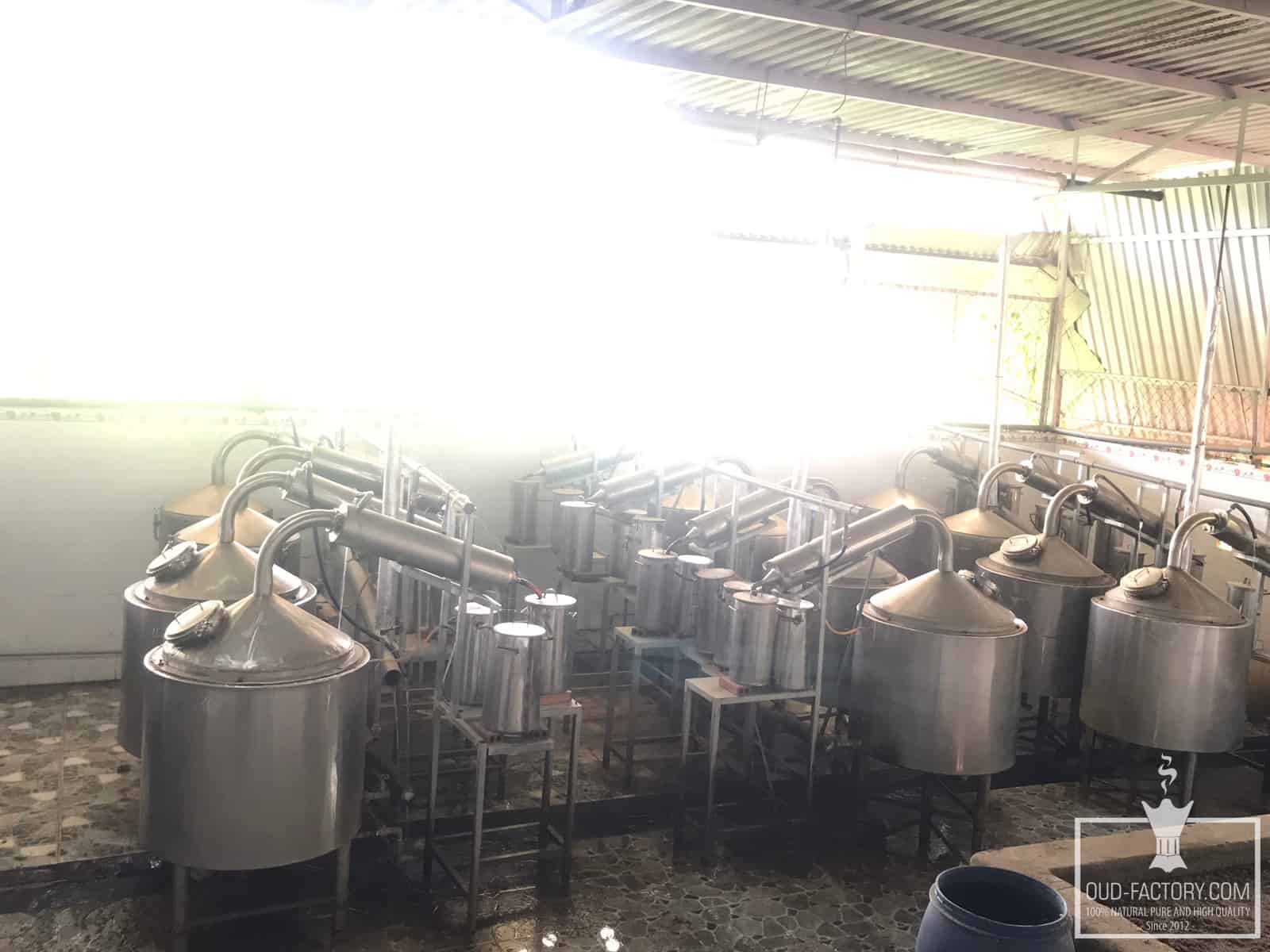Agarwood has many names, like oud or tiger in the Middle East, chen xiang in China, and “tramhuong” in Vietnam. It is a precious aromatic dark resinous heartwood derived from the Aquilaria species. The formation of agarwood is intrinsically linked to the wounding and fungal infection of Aquilaria trees. As a defense mechanism, trees secrete resin around wounds, gradually accumulating volatile compounds, resulting in exquisite agarwood.

Agarwood: A Timeless Treasure with Diverse Applications
Agarwood is versatile, used in perfumes, medicine, religion, and food. Its historical importance dates back centuries, appearing in ancient literature and religious texts. The term “aloes” for agarwood originated in the 4th to 5th century CE, mentioned by Sanskrit poet Kâlidâsa. Traditional Chinese medicine also valued agarwood as a natural sedative, pain reliever, and digestive aid.
Apart from its multifaceted applications, the allure of the agarwood industry lies in its exorbitant market value. However, determining the price of agarwood largely hinges on its quality, which is evaluated based on age-old practices in each country. The absence of a standardized quality grading system can be attributed to the complex appearance of traded agarwood and individual interests.
Recently, the analysis of agarwood’s metabolites has garnered increasing attention. Some studies have indicated a correlation between agarwood quality and its resin yield and metabolite constituents. Extensive research has been undertaken to elucidate the metabolite composition of agarwood obtained through both wild harvesting and artificial induction methods.
One of the primary constituents of agarwood essential oil is sesquiterpenoids, contributing to its distinct and captivating aroma. Together with various low-abundance volatile aromatic metabolites, these compounds collectively define the unique and enchanting fragrance of agarwood.

Agarwood’s Rich Metabolite Composition
The makeup of agarwood’s metabolite constituents can vary significantly across different studies, depending on the source of agarwood, extraction methods, and analytical approaches employed. A comprehensive review by Naef (2011) has identified over 150 compounds in agarwood from various origins. Among these, approximately 70 sesquiterpenes and around 40 types of PECs (phenylethylchromones) have been recognized, and their structures have been elucidated.
Numerous studies have highlighted certain sesquiterpenes that are commonly found in agarwood, including aromadendrene, agarospirol, β-agarofuran, guaiol, and (-)-aristolene. Interestingly, some sesquiterpenes exhibit species-specific characteristics. For instance, jinkoh-eremol and epi-γ-eudesmol are unique to A. malaccensis, while baimuxinal is exclusively present in A. crassna and A. sinensis.
Notably, the study by Pasaribu et al. (2015) found a higher content of aromadendrene in superior-grade agarwood, suggesting its potential as an effective chemical marker for agarwood grading. Additionally, aromadendrene has been proposed as an important marker, alongside valencene, in the grading of agarwood oil. These markers can play a crucial role in assessing the quality and value of agarwood products.
Conclusion
Agarwood/tiger/oud, with its diverse metabolite composition, holds significant value in various industries. The identification of agarwood has been misunderstood, as it is often mistaken as a tree itself. The industry’s allure lies in its remarkable market value, influenced by quality, yet the absence of a standardized grading system can be challenging. Recent advances in metabolite analysis offer promising insights. Aromadendrene has emerged as a potential marker for agarwood grading. Continued research and collaboration are essential for sustainable agarwood production. SUHACO’s commitment to sustainable development positions them as a reputable source of high-quality agarwood products. Embracing agarwood’s rich heritage can pave the way for a thriving and sustainable industry.






